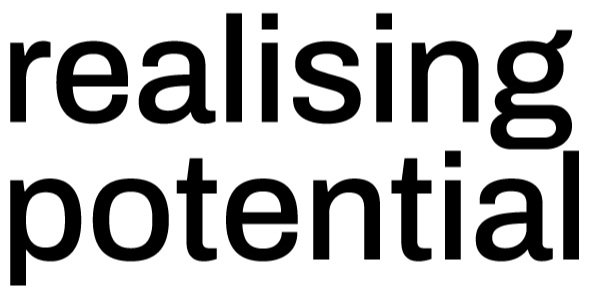Explorative and Explanative Analysis - why you need both.
Written by Jackie O’Dowd
Exploring data starts with a data set of some sort. The data set can be structured data as in a CSV file, it may be a transaction file from an ERP or other enterprise system, or it can be unstructured data such as a text-based document. Visualising data provides a way to explore it, to observe the patterns, relationships, points of interest and anomalies, in other words to see what’s there. Seeing the data in context is all important, especially when we need to understand the relationships between people, organisations and things.
Exploration helps us to better understand and become familiar with the data we have, and typically starts with a question to answer, a hypothesis, a specific problem to solve, or a curiosity.
Exploration is an often-underutilised approach to analysis. Visualised data can help to conceptualise, synthesise, and strategise. It is an effective way to think about and think through the problems we are trying to solve and the challenges we face. Sometimes it can simply be about considering what’s possible or what we need to consider. One recent example being an internal legal team looking for special and non-standard liabilities and indemnification clauses in order to explore ways of minimising risk.
Explanatory analysis on the other hand is about what the data tells us, the data story or point of view. It’s about communicating the what, when, where and who of data. When a shared, interactive model of the data is created it enables teams to bring diverse thinking and different perspectives to the questioning, data story or narration. It is an effective way of harnessing the combined digital and human capability.
For data visualisation we use SightXR Legal which means data can be seen and navigated in context and users can interact with it. It supports both exploration and explanation. Looking at data in different ways is important, given that we know that human senses habituate, and we can often overlook and miss obvious things in the data. Dave Snowden often tells the story of the radiologists that missed seeing an image of a gorilla in a X-ray, even though it was multiple times bigger than a cancer nodule. When data is visualised using tools like SightXR Legal, it helps us to move from the abstract to the detail and from then detail to the abstract. It augments e-discovery, exploration and explanation, and helps individuals and teams to make better sense of the data and information they have. It can even help spot the hidden gorilla.
The value of explorative and explanative analysis is not only in the insight and foresight that its provides, but the value of being able to clarify, prepare summaries, improve a team’s questioning, enhance knowledge sharing and positioning ability. Value is realised by using data in a way that it can make a difference.

